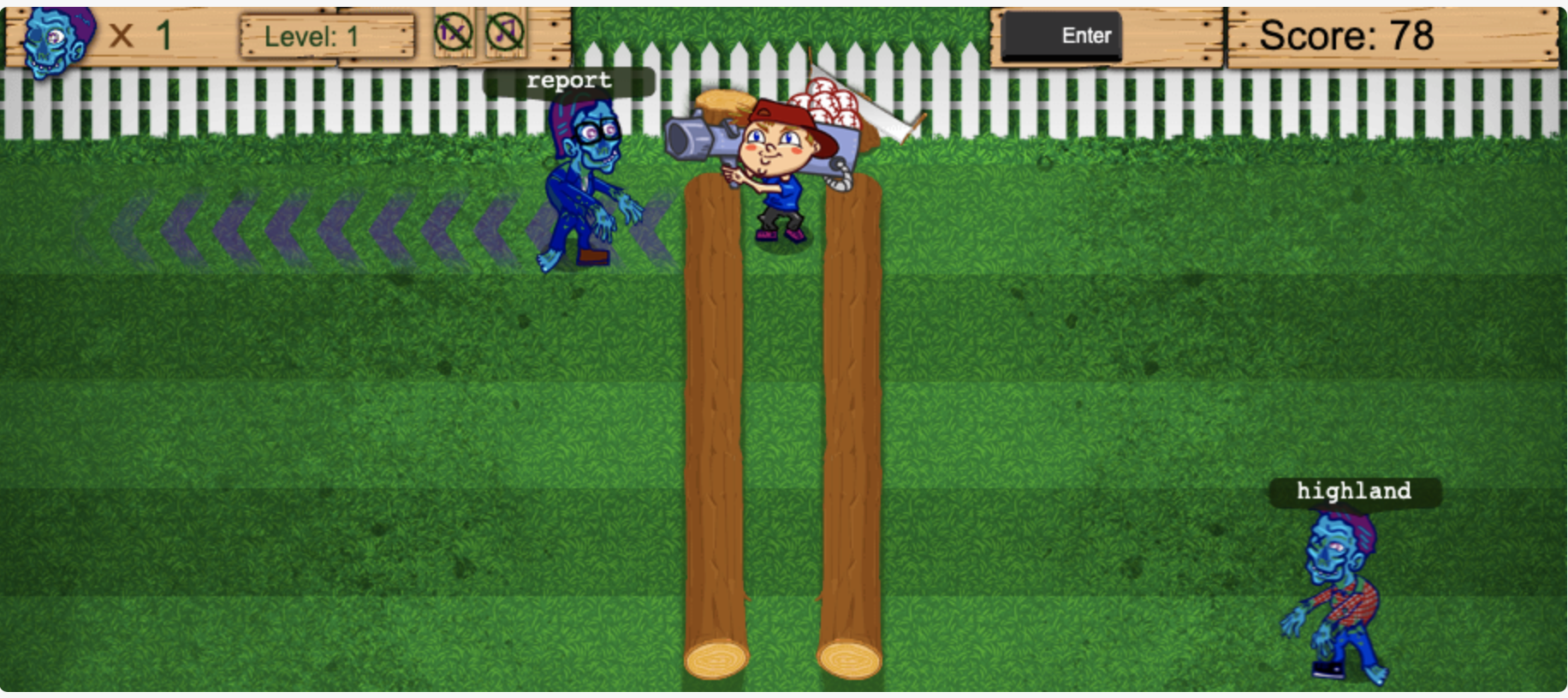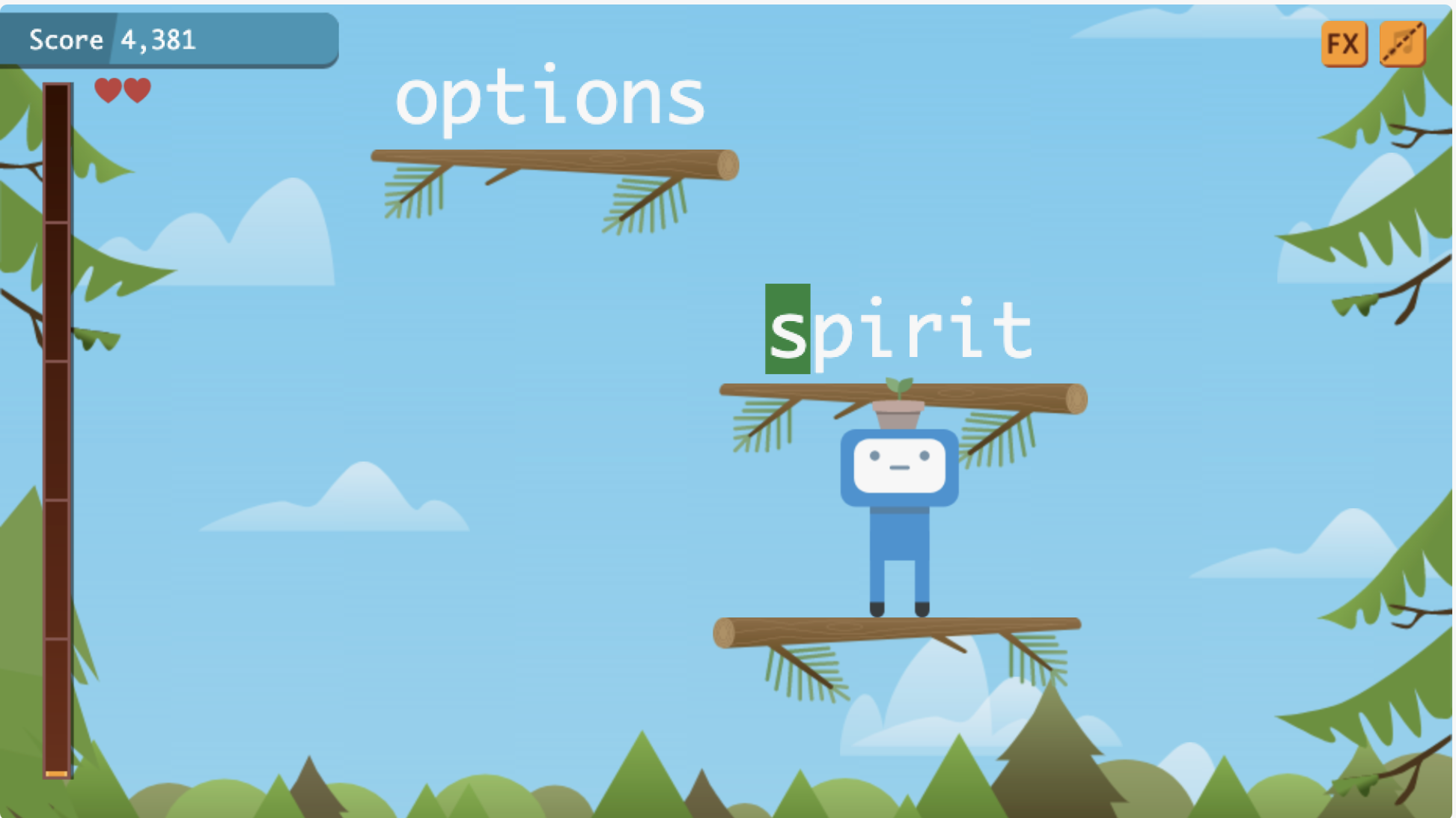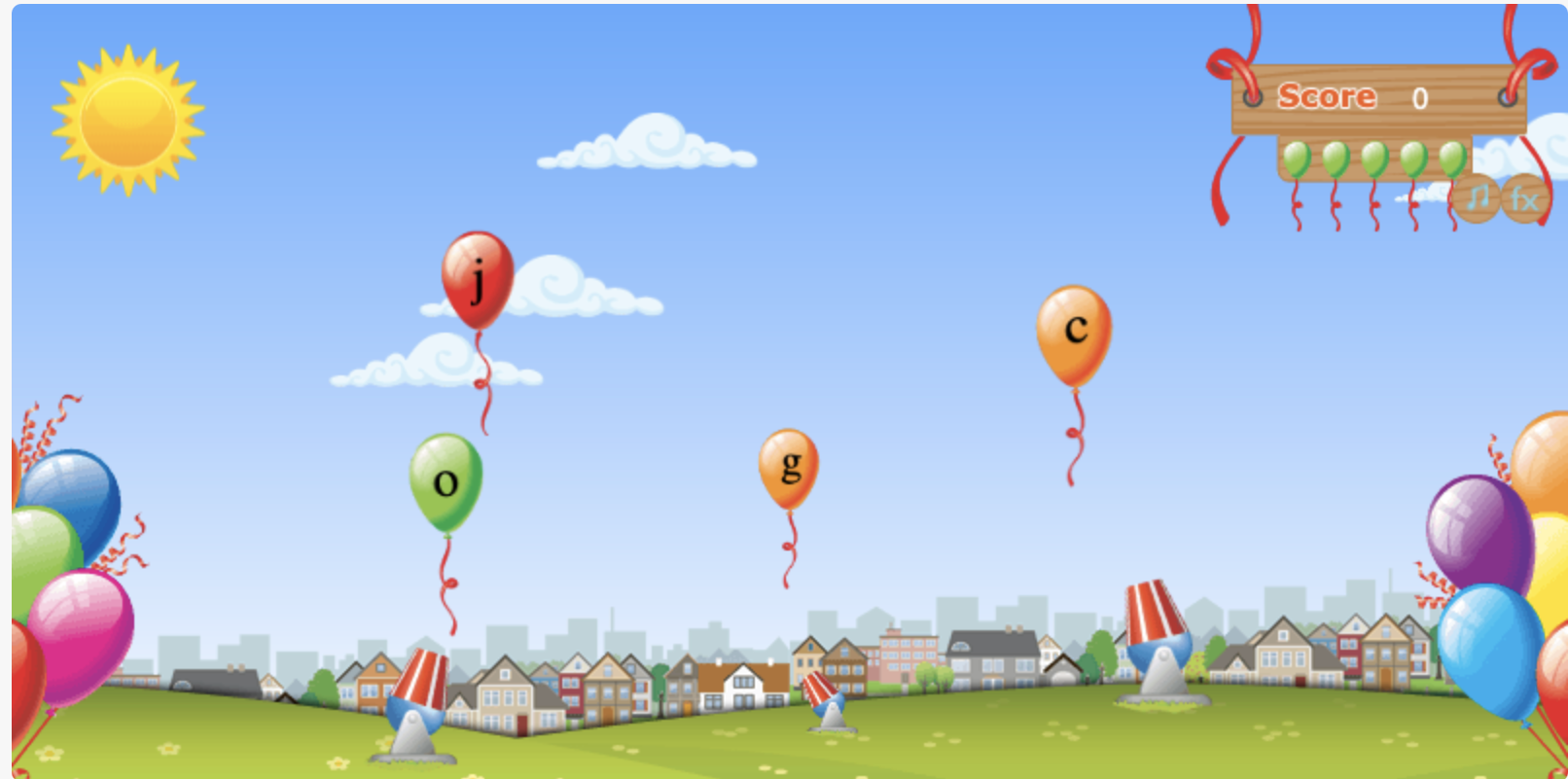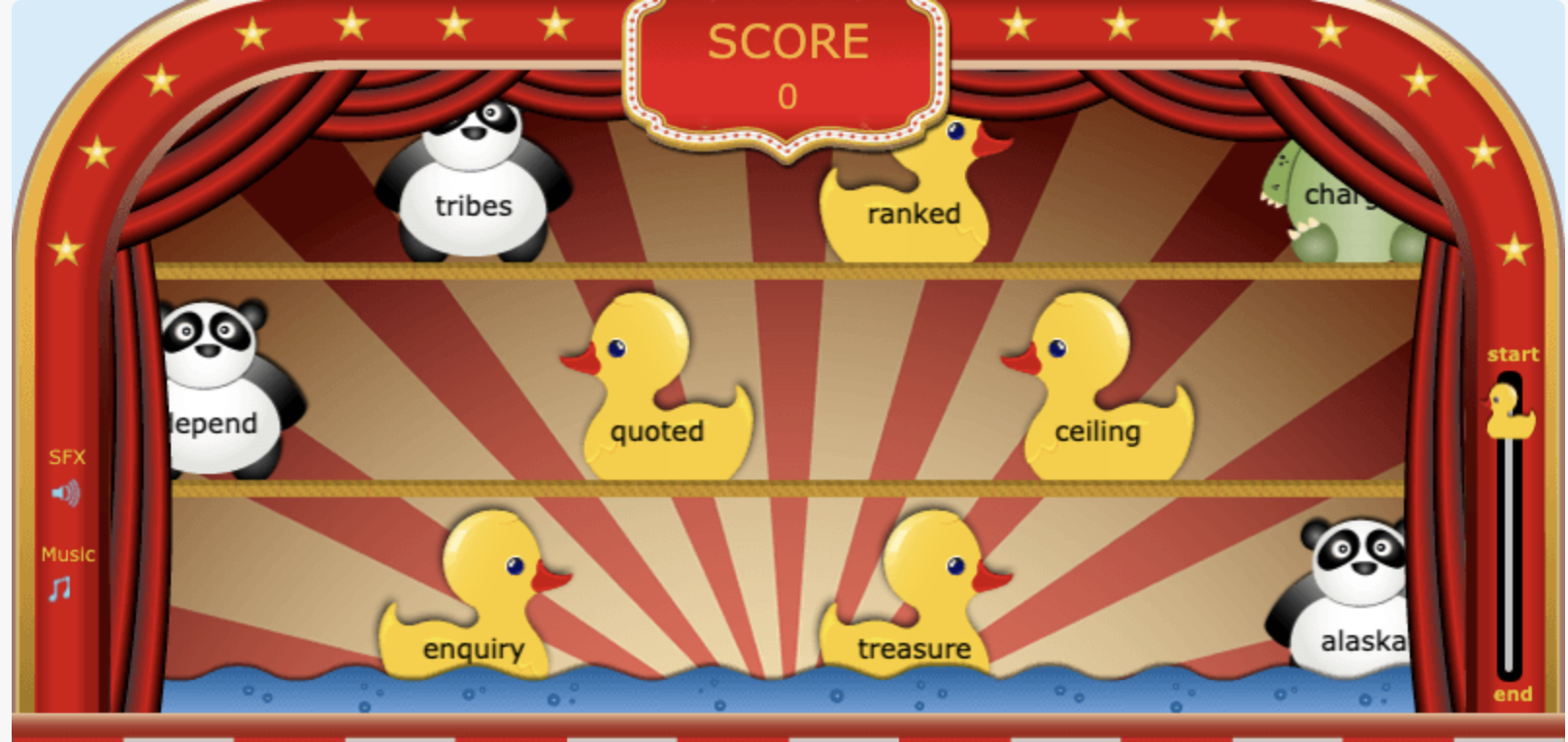Importance of Play-Based Learning in the Tech Classroom
Students learn better when they are provided with opportunities to engage in hands-on activities. Through play, students can explore concepts and lessons in a way that meets them where they are. In today’s edtech classroom, students can develop typing skills in fun and play-based ways. It’s possible to seamlessly support young children’s learning in the edtech classroom with fun game-based learning. Find out how play-based learning can be incorporated in the technology classroom below!
What is play-based learning?
Play-based learning is learning that is child-led and open-ended. This means that the child can take ownership of how and what they learn while the teacher acts as a guide. The teacher scaffolds the students’ learning to help them build on the knowledge they already have. This allows each child to explore concepts and materials based on their own growth and development. Play-based learning generally applies to young students, but all students can benefit from learning that is fun and active!
Why is play-based learning important in the tech classroom?
Technology use in classrooms increases every school year. By integrating technology into their lessons, teachers are providing students with the opportunity to develop the skills they will need in the adult world. They are also providing them with fun, engaging lessons that help them to build the skills they will need to be successful in school. To best support student learning, technology in the classroom should:
- Support collaboration and enrich peer-to-peer interactions
- Encourage students to connect what they are learning off-screen to what they are learning on-screen using technology
- Improve communication between home and school
Many of the games that students play throughout the school day encourage them to take an active role in their learning. These games are hands-on and they make learning fun! Here are some additional benefits of play-based learning in the tech classroom:
- Fosters classroom community building – Through play, students can interact with their peers in a way that increases their connections. Their social-emotional skills are enhanced because they must work together to find solutions.
- Improves math, literacy, and social skills – As students engage more with their peers, their social skills improve; students learn to collaborate and engage in discussions with their peers about the work that they are completing.
- Increases imaginative play and learning – Imaginations run wild when children are given the space to explore materials and concepts independently. Play-based learning encourages students to think critically about what they are learning.
- Keeps students engaged – Having fun is essential to keeping students engaged with what they are learning. When students are engaged in their learning, they are more self-motivated and retain the information longer.
The use of technology in a play-based learning classroom must follow simple guidelines to ensure that students benefit. Some guidelines are:
- Technology must be age and developmentally appropriate.
- The use of technology must be viewed as an important tool in the classroom and should be made available for all students to collaborate collectively.
- Parents should be included and should be aware of what students have access to and how it benefits their learning.
The students’ use of technology and play should provide them with a choice. Every classroom has diverse needs; thus, technology and play should be able to accommodate each student’s needs accordingly. Teachers must ensure that they are planning lessons that meet students where they are in their development.
Our world is growing more digital every day. Teachers must prepare their students to be successful in the digital world. They can do this by providing engaging lessons and activities that allow each child to explore concepts, and materials, in a way that interests them. Play-based learning encourages students to take the initiative in their learning and to think critically. Play-based learning helps students collaborate with their peers in a way that is beneficial to their acquisition of knowledge. When play-based learning is incorporated in a tech classroom the benefits are compounded in a way that successfully expands student outcomes.
Typing.com Hands-on Games to Learn to Type
Typing.com offers a variety of games that will keep students engaged and having fun in early education classrooms. Children learn without realizing they’re even learning! Some of the games embedded in the curriculum are:
Keyboard Jump – Jump from branch to branch by typing the words/letters that appear on them. With each successful attempt, you will jump higher and higher up the tree.
Keyboard Ninja – In this game, the player must quickly type the letters/words attached to pieces of fruit to slice them and advance within the game. The game becomes tricky when letters/words appear that are attached to more dangerous items!
Zombie Defender – Defend yourself from invading zombies by quickly typing the letters/words that appear next to each of them. When a letter/word is entered accurately, a ball will be launched to take out the zombie. 
ZType – Travel to outer space and shoot incoming objects to protect your spaceship. As the player types the correlating letters attached to each incoming object, they explode and are prevented from destroying your spaceship.
Type-a-Balloon – Balloons shoot out from cannons in this game, and the player must type the letters, or words, in the balloons correctly to pop them quickly!
Type Toss – A carnival game of toss wherein the player must successfully type the letters/words to knock down moving targets.
Nitro Type – This fast-moving car racing game has the player type to move their car along the track. The quicker they type, the faster they go!
Learning to type is an essential skill that children will need in school, and in their adult lives. By providing them with opportunities to practice and hone their skills, parents and teachers are setting them up for success. There are many online games that make learning to type fun. They will have so much fun playing typing games that they will not realize they are improving their computer and literacy skills at the same time; the games will push them to work harder to meet their goals. When children can meet their goals, their self-confidence grows. High self-confidence helps to foster educational growth.







